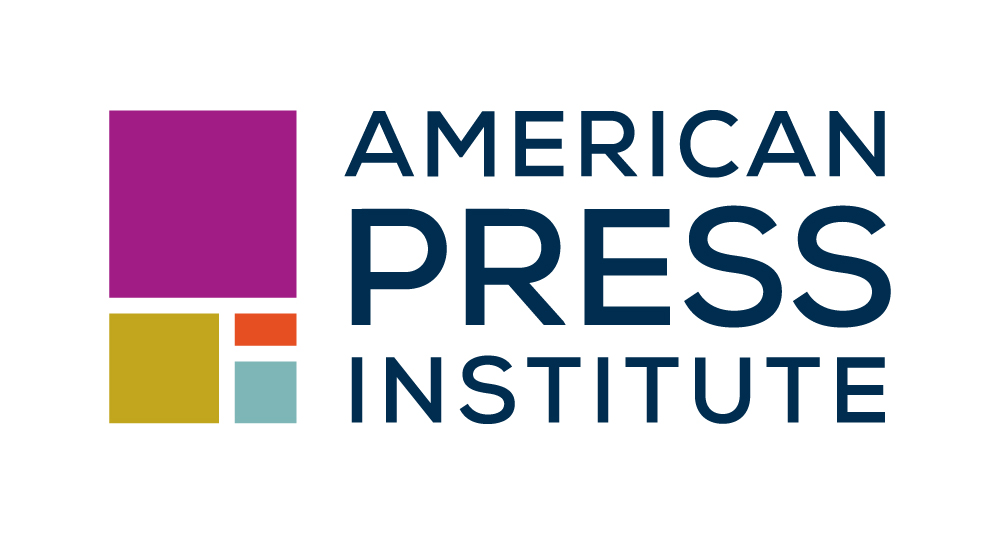How well represented were journalists of color in newsroom leadership roles?
This data shows the percentage of newsroom leaders by racial and ethnic group, showing disparities in leadership representation across different racial identities.
Of All Newsroom Leaders | ||||
| 2016 | 2017 | 2018 FT Only | 2018 FT+PT | |
| White | 86.97% | 86.47% | 82.42% | 82.42% |
| Professionals of Color | 13.03% | 13.42% | 17.58% | 17.58% |
Of All Professionals of Color | ||||
| Leader | 19.41% | 20.47% | 17.41% | 16.45% |
| Non-Leader (FT Only) | 80.59% | 79.53% | 82.59% | 83.55% |
Of All Black or African American | ||||
| Leader | 22.29% | 20.75% | 19.35% | 18.18% |
| Non-Leader (FT Only) | 77.71% | 79.25% | 80.65% | 81.82% |
Of All Hispanic or Latino/a/x | ||||
| Leader | 19.33% | 20.83% | 17.61% | 16.64% |
| Non-Leader (FT Only) | 80.67% | 79.17% | 82.39% | 83.36% |
Of All Native Americans or Alaska Native | ||||
| Leader | 27.94% | 38.71% | 28.57% | 26.32% |
| Non-Leader (FT Only) | 72.06% | 61.29% | 71.43% | 73.68% |
Of All Asian or Asian American | ||||
| Leader | 18.17% | 19.02% | 15.13% | 14.49% |
| Non-Leader (FT Only) | 81.83% | 80.98% | 84.87% | 85.51% |
Of All Native Hawaiian or Pacific Islanders | ||||
| Leader | 8.00% | 17.39% | 0.00% | 0.00% |
| Non-Leader (FT Only) | 92.00% | 82.61% | 100.00% | 100.00% |
Of All Biracial or Multiracial | ||||
| Leader | 11.16% | 14.29% | 14.10% | 12.94% |
| Non-Leader (FT Only) | 88.84% | 85.71% | 85.90% | 87.06% |
This data was captured before API’s ownership of the survey. Read more about data integrity.


